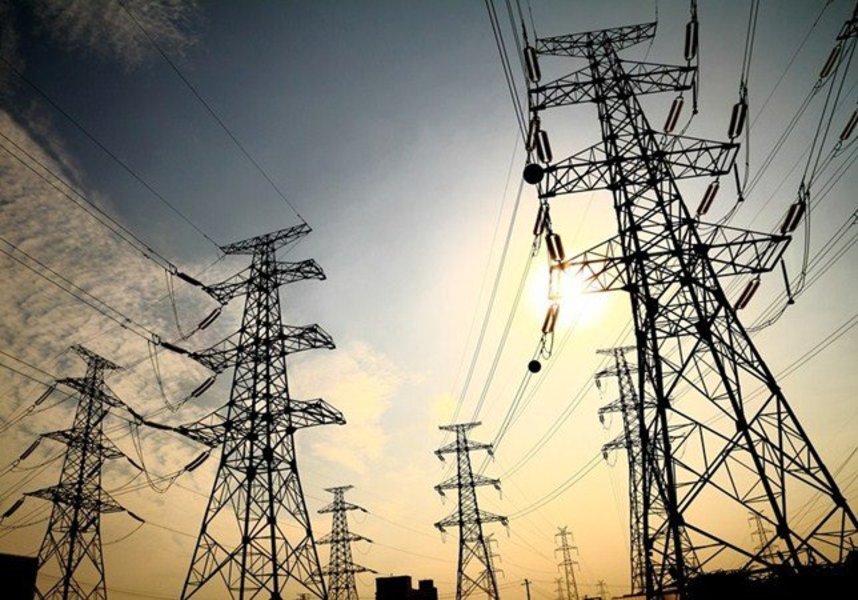In a low-voltage electrical installation, grounding and equipotential bonding are fundamental actions to ensure the proper functioning of protection systems against electric shocks, overvoltages, lightning strikes, and electrostatic discharges. They also help ensure the proper operation of information technology equipment (computers, telephone systems, modems, logic controllers, etc.).
Electrical installation standards and good engineering practices provide various recommendations on how to create adequate grounding systems to achieve optimal levels of protection and operation for installations and their equipment. However, do we really know the difference between grounding and equipotential bonding?
To understand this difference, it’s best to start with the following definitions:
Earth: Earth’s conductive mass whose electric potential, at any point, is conventionally considered equal to zero.
Grounding: intentional and low-impedance electrical connection with the earth.
Grounding system: the set of all conductors and conductive elements that constitute a grounding system at a given location.
Equipotential bonding: electrical connection that places masses and conductive elements practically at the same potential.
Mass: a conductive part that can be touched and is typically not live but can become live under power outage conditions. The metallic casing of electrical panels, electrical equipment (motors, for example), electroelectronic equipment, household appliances, etc., are good examples of masses.
Conductive element: an element that is not part of the electrical installation but can induce a potential in it, usually that of the earth. Metallic water and sewage pipes, air conditioning ducts, elevated metallic floors, and metal window frames, among others, are examples of conductive elements.
Note that the concept of grounding necessarily involves some type of contact between masses and conductive elements with the earth, aiming to bring all components of the grounding system as close as possible to the earth’s potential. For example, when grounding an electric motor, we want its mass to ideally be at the earth’s potential.
On the other hand, the concept of equipotential bonding does not directly involve the earth but is related to the goal of putting all masses and conductive elements at the same potential with each other, regardless of what this potential is relative to the earth (see the figure below). Here arises the classic example of an airplane, where all masses and conductive elements of the aircraft are interconnected (equipotentialized), but it is obviously impossible to connect such masses and conductive elements to the earth itself. Nevertheless, equipotential bonding carried out on the aircraft is crucial for the safe operation of its electrical installation, even without the concept of grounding.
In the case of the airplane, the existence of a potential difference between the aircraft’s electrical system and the earth may not be important. But in most electrical installations, it is very important that masses, conductive elements, and the earth are as close as possible to the same potential, avoiding the risks of electric shocks, malfunctions, and damage to electroelectronic equipment.
Grounding, Equipotential Bonding, and NBR 5410
Once the concept and difference between grounding and equipotential bonding are understood, NBR 5410:2004, the Brazilian standard that governs low-voltage electrical installations, prescribes the existence of:
Measure 1: a “grounding infrastructure,” called “grounding electrode,” which is in direct contact with the earth. This electrode can be constituted by the concrete reinforcements of foundations, metallic tapes, bars, or cables immersed in the concrete of foundations, buried metallic meshes, or buried rods, tubes, or metallic plates.
Measure 2: a main equipotential bonding that brings together, at a point called the Main Equipotential Bonding Bus (BEP), among others, the following elements: concrete reinforcements and other metallic structures, metallic water and sewage pipes, metallic air conditioning ducts, metallic conductors of electrical lines, neutral conductor from the utility, etc.
Measure 3: a grounding conductor that interconnects the grounding electrode to the BEP. Note that, with the use of this grounding conductor, all masses and conductive elements that are equipotentialized (at the same potential with each other) through Measure 2 are now also placed at the same potential as the earth obtained by Measure.
Measure 4: from the BEP, the use of “protective conductors” is required, connecting the masses and conductive elements directly or indirectly to the BEP. These protective conductors, out of habit, are still called ground wires today, although this designation does not officially exist.
In summary, NBR 5410 seeks to ensure that all masses and conductive elements are at the same potential (equipotential bonding) and that this potential is as close as possible to the earth’s potential (via the grounding system). With these measures, life and property are preserved.
ABNT is the National Standards Body by the recognition of Brazilian society since its establishment on September 28, 1940, as confirmed by the federal government through various legal instruments.
As a private, non-profit entity, ABNT is a founding member of the International Organization for Standardization (ISO), the Pan American Standards Commission (Copant), and the Mercosur Association of Standardization (AMN). Since its inception, it has also been a member of the International Electrotechnical Commission (IEC).
For information about ABNT, visit: https://abnt.org.br/




